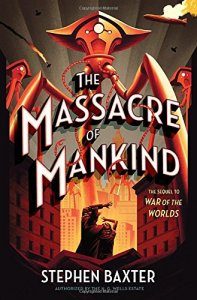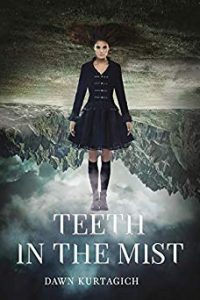Faren Miller reviews Alaya Dawn Johnson
Alaya Dawn Johnson’s Racing the Dark (opener of the Spirit Binders trilogy) would certainly have made my recommended list for best first novels, if I’d seen it when it came out in 2007. At least I can say something about it now, because it sets the stage for new sequel The Burning City. The first volume opens on an island something like pre-modern Polynesia, although this place has its own forms of magic, as well as family ghosts. Women can be powerful here, but young Lana (just entering puberty and faced with a diver’s rite of passage) just wants to survive and keep on with the family trade. No such luck. Charged with finding one ‘‘jewel’’ from the strange mandagah fish, she gets two, which means she’s Special. Not long afterward, the mandagah disappear from a freshwater habitat that has lost its shelter from the open sea. With the island’s economy in ruins, Lana and her parents move to a more modern, industrial place – or two of them, since the father goes on ahead, leaving wife and daughter to scrape by while he tries to set up shop in the really big city that functions as hub to the whole chain of islands.
Though they’re a long way from a pleasant life in the gentle tropics, they haven’t left magic behind. It’s woven into every region here, urban or wild, a millennium after people first discovered ways to ‘‘bind’’ such elemental things as Fire, Wind, and Death. As one might expect, Lana eventually does get apprenticed to a midwife/witch who will teach her something about those magics, but Johnson pulls no punches in describing the sequence of disasters that forces her mother to essentially sell her to this one-armed woman. And soon, what had seemed like a relatively straightforward story introduces a multitude of new characters, places, and plot threads.
The writing is eloquent and unflinchingly vivid, enough to retain a reader’s interest even amid this labyrinthine state of affairs, while the culture and its forms of magic are sufficiently offbeat (not European-medieval) to lift the book well above all those generic fantasies of youngsters coming into their Powers.
What may be most traditional about this trilogy is the mood change in book two: rapidly increasing darkness, as adversity becomes something far worse. Ever since Lana struck a bargain of her own to save her mother’s life, she’s been trailed by an avatar of Death – a creature who develops its own personality over the course of The Burning City. A confrontation with Wind, the one spirit that has already escaped its bonds, has transformed her into a strange winged hybrid known as a ‘‘black angel.’’ Though she and another hybrid (something like the son of Water) have fallen in love, their brief moments of bliss can’t last long. And the great city introduced in volume one suffers from its own horrors. Ravaged by a volcano when Fire nearly broke free as well, it now comes under the rule of a psychopath.
Johnson finds ways to bring us close to everyone – human or otherwise; good, bad, or somewhere in-between – as she works outward from the original circle of Lana’s family and acquaintances to their friends, enemies, and lovers, plus a few unrelated characters who strive to hold together an increasingly threatened world. She uses the same straightforward, informal style – peppered with modern slang – for a ‘‘novel within a novel,’’ the Black Book, even though it’s set a millennium in the past, at a time when the notion of spirit binding was new.
Here too, we get up-close and personal with young people struggling to find their way in unfamiliar environments. I would have liked at least a smidgen of the archaic in these episodes, to differentiate present from distant past, but The Burning City is more interested in the connections. Whatever the era, life is a continuum of personality and experience – the Eternal Now of some philosophers, or the ceaseless intimacy that drives so much YA? More likely the latter, yet at this midpoint the Spirit Binders trilogy has a style all its own: unflinching, sophisticated, imaginative enough to please (and jolt and challenge) even jaded adults. We’ll just have to wait for volume three to see how it all comes out.








Pingback:Tweets that mention Locus Online Reviews » Faren Miller reviews Alaya Dawn Johnson -- Topsy.com
Pingback:Link Plenty « Torque Control